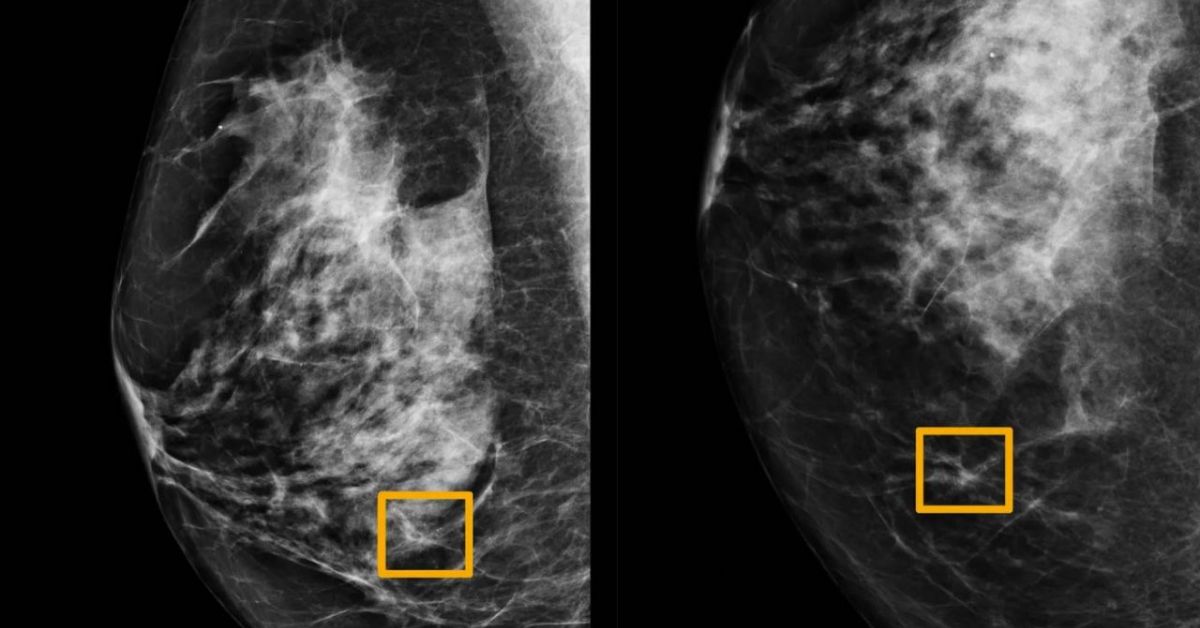
AI Provides a Helping Hand in Breast Cancer Screening
In the battle against breast cancer, one of the most effective things that medical professionals can do is diagnose it in the very early stages so that the proper treatment can be administered and have the best chance of preventing the disease from progressing. Luckily, there are some researchers who have recently used artificial intelligence (AI) to demonstrate a way to improve the results during breast cancer screenings.
Current Screening Practices Fall Short
The accuracy of mammograms has improved tenfold in recent years, but current practices are still only just over 80 percent accurate. This leaves a lot of room for improvement, which is why medical professionals are exploring the ways AI technology could be used during the screening process in order to significantly raise this accuracy by lowering the rate of both false negatives and false positives.
International Effort to Improve Screenings By Using AI
A group of researchers conducted an international study that involved subjects from both the United Kingdom and the United States. By using a database of 28,953 different women, they were able to train an AI system to effectively identify signs of potential breast cancer. Out of this database, all of the subjects had undergone biopsies or additional imaging at least a full year later in order to confirm whether or not they had breast cancer.
Originally, this particular set of women consisted of 6.3 percent false positives and 12.1 percent false negatives. However, with the use of the AI system, both of these numbers were able to be significantly lowered and the workload of a second reader was able to be reduced by as much as 88 percent. By being able to reduce the workload by such a large amount, it allows medical professionals to be able to accurately go through significantly more tests.
In order to further determine how much more accurate the AI system was, its results were directly compared against the decisions made by six expert radiologists who analyzed 500 random cases from the database, in addition to the historical decisions made by the radiologists who were originally involved in screening the individuals from the database. The results of this study concluded that the use of an AI system provided an AUC of 0.871, which is significantly better than the AUC of 0.750 from the original screenings.
With such a major reduction in false negatives and false positives, it indicates that incorporating AI systems into the breast-screening process can have significant improvements in medical facilities throughout the country. In order to receive even more news regarding AI and machine learning use in healthcare, make sure to follow our blog at RediMinds.
